Review by Klaus Schroiff, October 2023

Introduction
Tamron had quite a run in recent years with rapid releases of new lenses for mirrorless systems. Obviously, they must have been doing something right because their revenue even exceeded competitor Sigma recently. It's worth noting that Sony has a 15% stake in the company. So, in a way, Sony is also supplying lenses to Nikon and Fujifilm. Anyway, this article is about the Tamron 11-20mm f/2.8 Di III-A RXD, an ultra-wide-angle zoom lens available for Sony and Fujifilm APS-C cameras. It is somewhat ambitiously priced at around $800USD/EUR, so let's see whether it's worth the extra premium over its competitors.
 It's probably no news among keen readers that we have (mostly) been less than impressed by the haptic quality of Tamron lenses in recent years. To some degree, this also applies to the 11-20mm f/2.8, although we like it a bit more than their 17-70mm f/2.8 in this respect. The lens body is still made from the same plastics, but it feels a bit less flimsy, maybe because of the more compact size and an inner tube that doesn't extend quite as much. Interestingly, the lens extends towards the SHORT end of the zoom range. While this isn't unprecedented, it is a bit unusual. Tamron states that the lens is moisture-resistant, but they don't mention dust protection. The focus ring turns smoothly if a little too light, whereas the zoom ring isn't awe-inspiring in terms of quality perception. That being said, the lens is tightly assembled with no wobbling. If you want to switch to manual focus mode, you'll have to do it on the camera - there's no switch on the lens itself. A short petal-shaped lens hood is provided.
It's probably no news among keen readers that we have (mostly) been less than impressed by the haptic quality of Tamron lenses in recent years. To some degree, this also applies to the 11-20mm f/2.8, although we like it a bit more than their 17-70mm f/2.8 in this respect. The lens body is still made from the same plastics, but it feels a bit less flimsy, maybe because of the more compact size and an inner tube that doesn't extend quite as much. Interestingly, the lens extends towards the SHORT end of the zoom range. While this isn't unprecedented, it is a bit unusual. Tamron states that the lens is moisture-resistant, but they don't mention dust protection. The focus ring turns smoothly if a little too light, whereas the zoom ring isn't awe-inspiring in terms of quality perception. That being said, the lens is tightly assembled with no wobbling. If you want to switch to manual focus mode, you'll have to do it on the camera - there's no switch on the lens itself. A short petal-shaped lens hood is provided.
 The AF uses an RXD (Rapid eXtra-silent stepping Drive) stepping motor. As the name implies, it is indeed both quick and silent. Manual focusing works, as usual, by wire. An image stabilizer has not been implemented.
The AF uses an RXD (Rapid eXtra-silent stepping Drive) stepping motor. As the name implies, it is indeed both quick and silent. Manual focusing works, as usual, by wire. An image stabilizer has not been implemented.
| Specifications |
|---|
| Equivalent focal-length | "17-31mm" (Full Format) |
| Equivalent aperture | "f/4.2" (Full Format) |
| Optical construction | 12 elements in 10 groups (2x aspherical, 2x LD 1x XLD) |
| Number of aperture blades | 7 (rounded) |
| min. focus distance | 0.15m-0.24m (max magnification: 1:4 (WIDE) / 1:7.6 (TELE) |
| Dimensions | 73x86.2mm |
| Weight | 335g |
| Filter size | 67mm |
| Hood | petal-shaped (bayonet mount, supplied) |
| Other features | moisture-resistant, front fluorine coating |
| Mount | Fujifilm X, Sony E |
Distortion
Image auto-correction is the de facto standard today. Unless you deactivate it, you don't have to worry about distortions, as shown below.
When looking behind the scenes, we can conclude that Tamron did a good job of keeping image distortions at bay. At the wide end, there is a medium degree (2.6%) of barrel distortion. There is a slight pincushion distortion at 20mm, and the two opposing distortion forces even out around the 14mm mark.
Vignetting
In standard shooting mode (auto-correction activated), the vignetting is well-controlled, with an even light falloff of around 0.5EV (f-stop) at most settings except at 11mm f/2.8 with a somewhat more noticeable ~0.9EV. It's quite interesting that Tamron decided not to kill the vignetting altogether but to keep it at a moderate level.
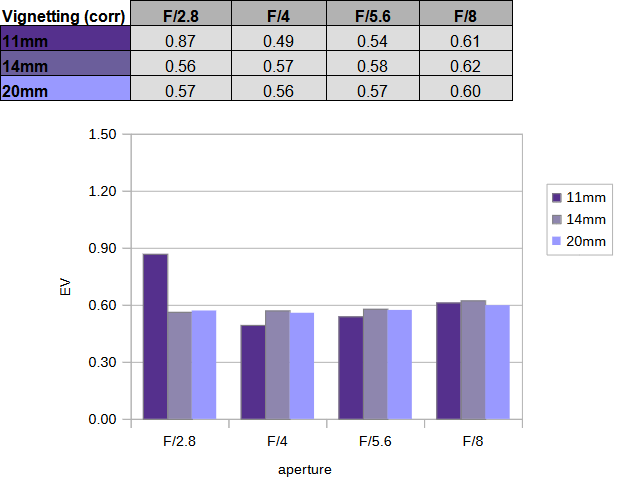 As you may have guessed already, the situation is much worse in the original RAW files. As shown below, the light falloff at 11mm f/2.8 (=2.4EV) is beyond our usual scale for APS-C format tests. While this isn't all that unusual, it means that the auto-correction has to be rather aggressive here - and the required signal boost of 1.5 EV (f-stops) increases sensor noise in the image corners. However, the issue isn't quite as pronounced at other settings. The RAW vignetting remains quite noticeable even at f/4, though. More moderate vignetting starts at f/5.6. Auto-correction still makes a difference at f/8.
As you may have guessed already, the situation is much worse in the original RAW files. As shown below, the light falloff at 11mm f/2.8 (=2.4EV) is beyond our usual scale for APS-C format tests. While this isn't all that unusual, it means that the auto-correction has to be rather aggressive here - and the required signal boost of 1.5 EV (f-stops) increases sensor noise in the image corners. However, the issue isn't quite as pronounced at other settings. The RAW vignetting remains quite noticeable even at f/4, though. More moderate vignetting starts at f/5.6. Auto-correction still makes a difference at f/8.
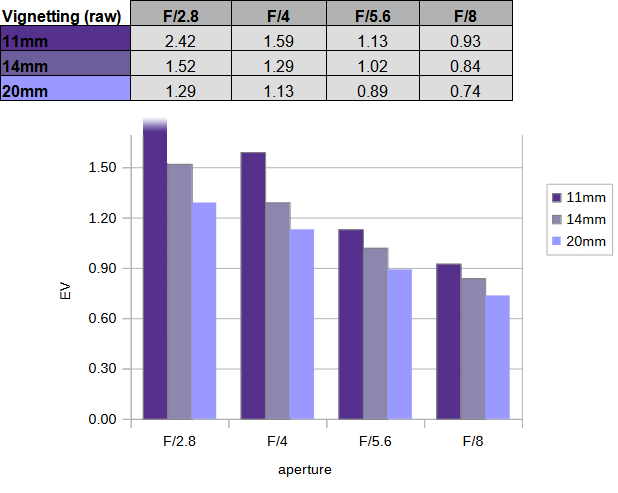
MTF (resolution)
Image resolution is where the Tamron 11-20mm f/2.8 Di III-A RXD stands out. The lens doesn't show any weakness across the zoom and relevant aperture range. The broader center quality is generally excellent, and the outer image field is still very good, with just a marginal drop at 20mm f/2.8.
The field curvature is very low. The centering quality of the tested sample was good.
Please note that the MTF results are not directly comparable across the different systems!
Below is a simplified summary of the formal findings. The chart shows line widths per picture height (LW/PH), which can be taken as a measure of sharpness.
If you want to know more about the MTF50 figures, you may check out the corresponding Imatest Explanations

Chromatic Aberrations (CAs)
When looking into RAW files, the lateral CAs are very low in the wide- to middle-range. They increase slightly to more than 1px on average at the image borders at 20mm. Even so, this is still very moderate, and auto-correction will take care of this rest.

Bokeh
Shallow depth-of-field on an APS-C ultra-wide lens is limited to close-focus scenarios - even with a lens as fast as the Tamron. However, the 11-20mm f/2.8 provides an impressive max object magnification of 1:4 at the wide end, so if you enjoy this kind of photography, you may still be interested in the quality of the bokeh.
Modern ultra-wide lenses incorporate a bunch of aspherical elements, and these tend to spoil the rendering of out-of-focus highlights with an "onion rings" substructure. The Tamron lens uses them as well. There's a slight nervousness in the inner zone of the discs. You may also spot some outlining that is getting emphasized when stopping down. A more edgy aperture shape is showing up from f/5.6
 When looking at the whole image frame, the circular shape of the highlight discs is maintained up to the corners, even at f/2.8. This is quite unusual.
When looking at the whole image frame, the circular shape of the highlight discs is maintained up to the corners, even at f/2.8. This is quite unusual.
Sun Stars (experimental)
Below is s sequence of images from f/2.8 all the way up to f/16 - illustrating the sun star behavior (simulated using an LED light). Sun stars are an aperture effect that shows up if a bright light source is part of the scene (usually in night shots). The effect is rather underdeveloped from f/2.8 to f/5.6. It's more obvious at f/11 and especially at f/16. However, the shape of the rays is somewhere between pointy (the preferred rendering) and fan-like.
Flare
We always point out that you can drive all lenses into producing flare effects - it's just a matter of how extreme the light source is. Also, keep in mind that you often won't even take the shot in such scenes anyway. Veiling glare at hard contrast transitions is more important (but even harder to quantify).
Below is a sample scene with the sun in one corner - which is very tough for most lenses. The Tamron 11-20mm f/2.8 Di III-A RXD does a good job here, showing only some faint ghostings and the overall contrast level is well-maintained. We'd still advise using the provided lens hood in difficult scenes with strong side lights.

Sample Images
Click on an image to download the full-size variant.
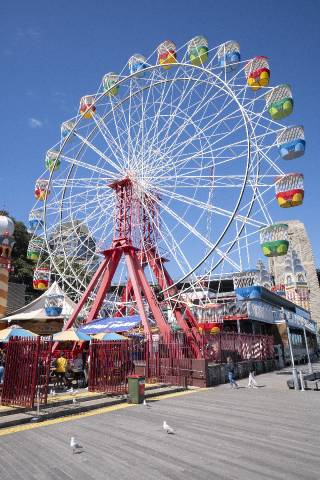 |
| Make | SONY |
| Model | ILCE-6300 |
| ISO Speed | 200 |
| Focal Length | 17.0mm |
| Aperture: | f/8.0 |
| Exposure | 1/1000s |
 |
| Make | SONY |
| Model | ILCE-6300 |
| ISO Speed | 200 |
| Focal Length | 11.0mm |
| Aperture: | f/8.0 |
| Exposure | 1/320s |
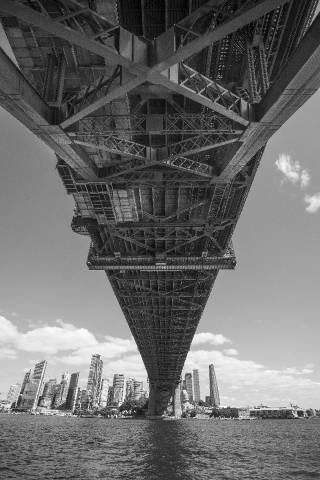 |
| Make | SONY |
| Model | ILCE-6300 |
| ISO Speed | 200 |
| Focal Length | 11.0mm |
| Aperture: | f/6.3 |
| Exposure | 1/500s |
 |
| Make | SONY |
| Model | ILCE-6300 |
| ISO Speed | 200 |
| Focal Length | 13.0mm |
| Aperture: | f/5.6 |
| Exposure | 1/1000s |
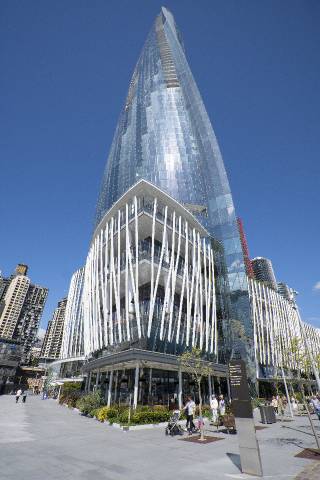 |
| Make | SONY |
| Model | ILCE-6300 |
| ISO Speed | 200 |
| Focal Length | 11.0mm |
| Aperture: | f/8.0 |
| Exposure | 1/800s |
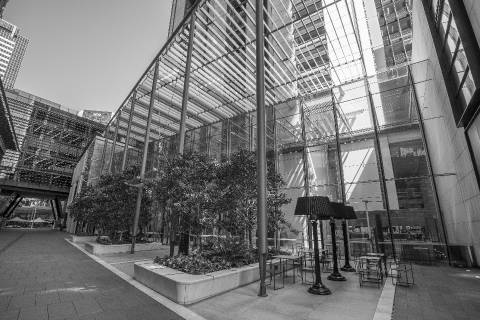 |
| Make | SONY |
| Model | ILCE-6300 |
| ISO Speed | 200 |
| Focal Length | 11.0mm |
| Aperture: | f/7.1 |
| Exposure | 1/80s |
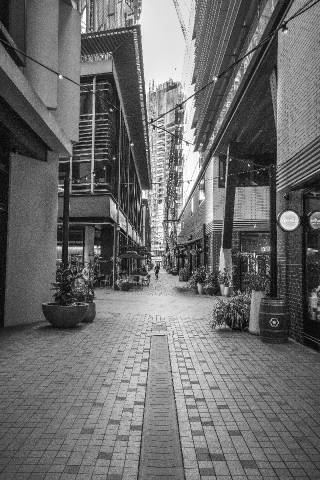 |
| Make | SONY |
| Model | ILCE-6300 |
| ISO Speed | 200 |
| Focal Length | 20.0mm |
| Aperture: | f/7.1 |
| Exposure | 1/60s |
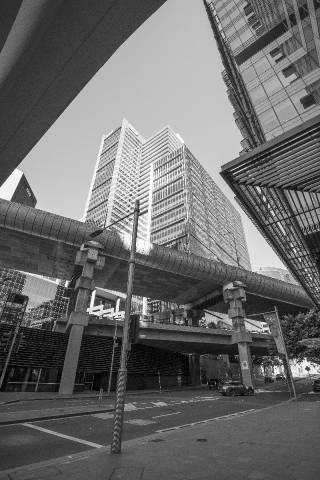 |
| Make | SONY |
| Model | ILCE-6300 |
| ISO Speed | 200 |
| Focal Length | 11.0mm |
| Aperture: | f/7.1 |
| Exposure | 1/125s |
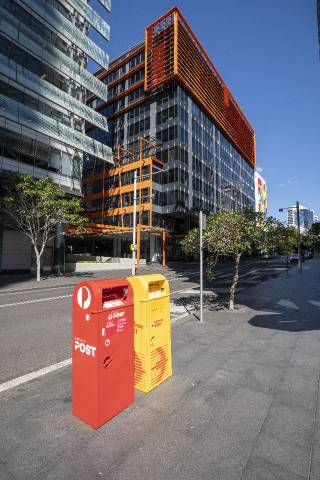 |
| Make | SONY |
| Model | ILCE-6300 |
| ISO Speed | 200 |
| Focal Length | 11.0mm |
| Aperture: | f/8.0 |
| Exposure | 1/400s |
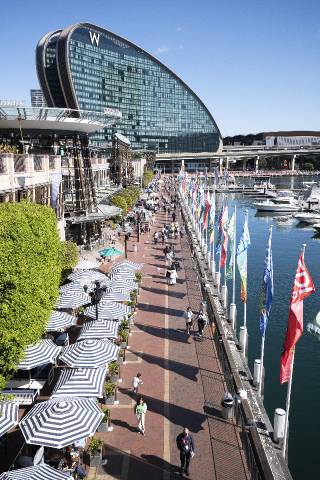 |
| Make | SONY |
| Model | ILCE-6300 |
| ISO Speed | 200 |
| Focal Length | 20.0mm |
| Aperture: | f/5.6 |
| Exposure | 1/1250s |
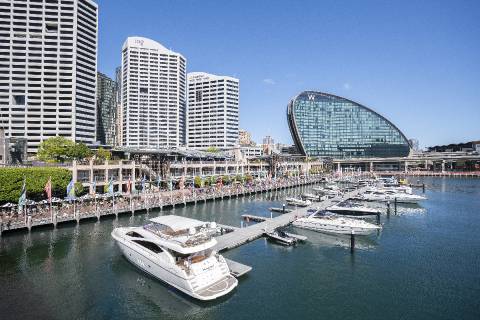 |
| Make | SONY |
| Model | ILCE-6300 |
| ISO Speed | 200 |
| Focal Length | 12.0mm |
| Aperture: | f/5.6 |
| Exposure | 1/1600s |
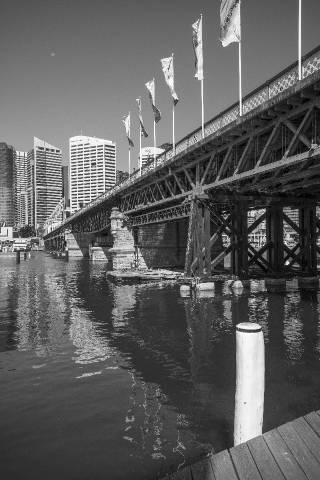 |
| Make | SONY |
| Model | ILCE-6300 |
| ISO Speed | 200 |
| Focal Length | 17.0mm |
| Aperture: | f/5.6 |
| Exposure | 1/1000s |
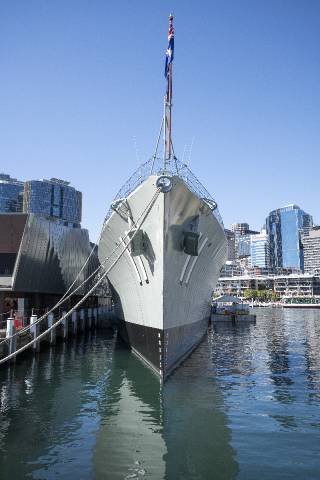 |
| Make | SONY |
| Model | ILCE-6300 |
| ISO Speed | 200 |
| Focal Length | 20.0mm |
| Aperture: | f/5.6 |
| Exposure | 1/1000s |
 |
| Make | SONY |
| Model | ILCE-6300 |
| ISO Speed | 200 |
| Focal Length | 11.0mm |
| Aperture: | f/5.6 |
| Exposure | 1/1600s |
 |
| Make | SONY |
| Model | ILCE-6300 |
| ISO Speed | 500 |
| Focal Length | 11.0mm |
| Aperture: | f/4.0 |
| Exposure | 1/60s |
 |
| Make | SONY |
| Model | ILCE-6300 |
| ISO Speed | 200 |
| Focal Length | 20.0mm |
| Aperture: | f/2.8 |
| Exposure | 1/2500s |
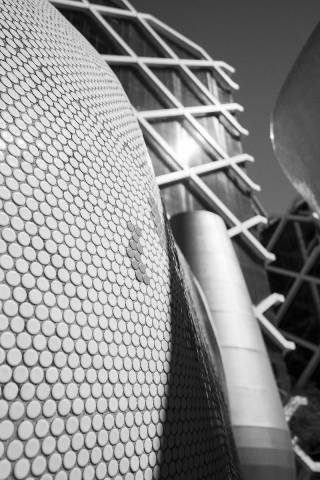 |
| Make | SONY |
| Model | ILCE-6300 |
| ISO Speed | 200 |
| Focal Length | 20.0mm |
| Aperture: | f/2.8 |
| Exposure | 1/4000s |
Competition
The Tamron 11-20mm f/2.8 Di III-A RXD (shown to the left) faces a variety of competitors. In Sony E-mount, there is, of course, Sony's own E 10-20mm f/4 G (center). Obviously, it is a stop slower, but it is tiny in comparison - also at half the weight. Its power zoom and breathing compensation are major plus points for the video folks. And performance-wise, it's no slouch either. Sigma just released the 10-18mm f/2.8 DC DN Contemporary shown to the right. Once again, it's a smaller lens, and that's with the same max aperture of f/2.8. Not shown is the Tokina atx-m 11-18mm f/2.8 E. It's a tad worse than the Tamron but substantially more affordable.
 Visual comparison courtesy of camerasize.com.
Visual comparison courtesy of camerasize.com.
Verdict
The Tamron 11-20mm f/2.8 Di III-A RXD delivers where it counts the most - image quality. Ultra-wide zoom lenses tend to be difficult beasts with a somewhat variable performance across the aperture range. However, Tamron managed to provide a very even performance with a superb image center and good to very good corners at all relevant settings. Image distortions and lateral CAs are quite low, even in RAW images. The original vignetting is on the high side, but image auto-correction reduces this to a manageable level. The quality of the bokeh is good for a lens in this class. The sun star rendering is OK but not great either. Another positive aspect is the resistance against flare - this is quite important for an ultra-wide lens due to its immense depth-of-field at the widest setting.
In terms of build quality or at least "feel", the Tamron lens may not be a crowd-pleaser with its choice of plastics. However, it's tightly assembled with no wobbling, even when extended. A positive effect of the construction is the light weight of just 335g. Compared to the competition, it is a fairly big lens, but "big" is a relative term here, really. The sealing against moisture is commendable, but it's disappointing that they omitted the dust protection - especially because it is an extending design. On the positive side, the AF is fast and silent.
We can certainly see why Tamron lenses have become so popular lately - the image quality is impressive, and that's something that we have to recognize here first and foremost. Thus, highly recommended!
Mechanical Quality:
★★★★★
What does this mean ?
|